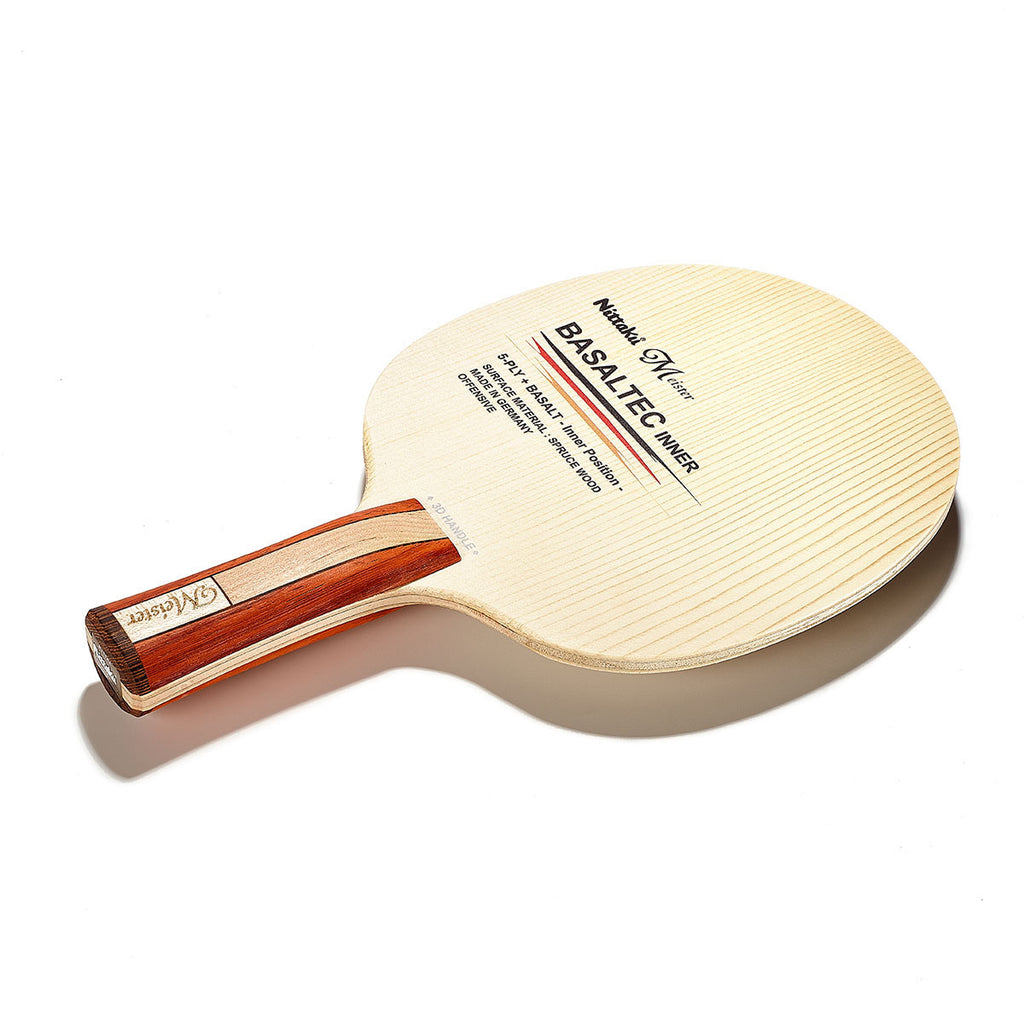This user has no status.
Hello forum
I am interested in knowing the different playing characteristics between structurally flexible blades with a hard top ply and structurally stiff blades with a soft top ply.
Generally, most blades are either flexible blades that are also soft in feeling or stiff blades thay are also hard in feeling (thus either purely control/spin oriented vs purely speed oriented).
How would a thin, flexible 5 ply blade with an uber hard top ply (ebony, walnut or rosewood etc) fare against a thick, stiff 7 ply blade with a much softer top ply (limba or hinoki etc), since they are more balanced in regards to speed vs control?
How do they feel different in playing topspins, short game, blocks etc and which would you say feel ‘better’ for these shots (subjectively of course).
Do different rubbers naturally suit these two blade types better would you say?
Cheers.
I am interested in knowing the different playing characteristics between structurally flexible blades with a hard top ply and structurally stiff blades with a soft top ply.
Generally, most blades are either flexible blades that are also soft in feeling or stiff blades thay are also hard in feeling (thus either purely control/spin oriented vs purely speed oriented).
How would a thin, flexible 5 ply blade with an uber hard top ply (ebony, walnut or rosewood etc) fare against a thick, stiff 7 ply blade with a much softer top ply (limba or hinoki etc), since they are more balanced in regards to speed vs control?
How do they feel different in playing topspins, short game, blocks etc and which would you say feel ‘better’ for these shots (subjectively of course).
Do different rubbers naturally suit these two blade types better would you say?
Cheers.












